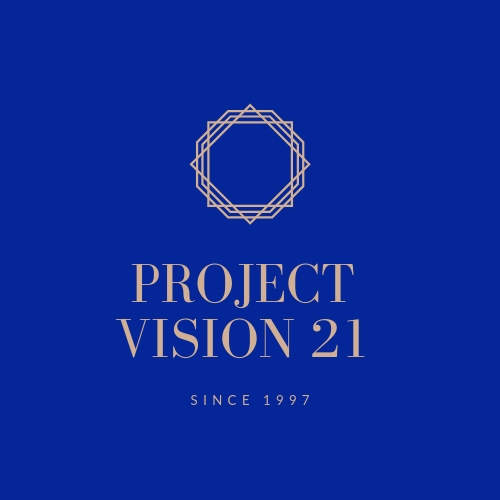I recently read an article about a man who, walking through a forest in the US state of Oregon, suddenly came across an overturned car among the trees that authorities later determined was a Porsche stolen in 1997. The interesting thing about the case is that the vehicle, missing for decades, was near a busy highway.
According to the investigators, virtually anyone passing by could have seen the car just by looking down and into some distance downhill. But apparently no one did, and if anyone saw the stolen Porsche, they didn't report it.
In that context, one of the researchers suggested, obviously in jest, that if a Bigfoot had been standing next to the abandoned car all this time, drivers on the road would also not have seen the legendary hominid (which, it seems, appears from time to time in the forests of Oregon).
Jokes aside, the observation is valid: we see what we want and what we can see depending on the circumstances in which we are. The rest of reality remains outside our perception, and therefore outside our consideration.
This situation, obvious and already studied in detail, is generally accompanied by the belief that there is nothing beyond the perceived reality, that is, that what we perceive (see, hear, feel) is not only real, but it constitutes all reality. However, it's not like that. In fact, it is even dangerous to assume that the limits of our perception or knowledge are the limits of the reality.
In their early months, babies can only see so far, but that doesn't mean there isn't a reality beyond the horizon that babies can see. Contrary to what babies believe, parents do not disappear when babies stop seeing them or reappear when babies see them again.
Some years later, having already developed a better spatial perception, children embark on the arduous task of expanding their temporal perception, which, in many cases, consists of discovering that there was a world and a history before them and that their own parents they were once children.
At this stage of childhood, the vast majority of children cannot yet process notions of time related to the distant past (indeed, not even the relatively near past) or the distant future (indeed, not even their own future). But that does not mean that the past or the future do not exist, but that they are simply not perceived.
My hypothesis is that human beings are only now learning to see the past (which is why, for example, we now have the Webb Space Telescope) and we are only in the very first steps of learning to perceive the future, as shown by a recent study from the University of Pennsylvania on the neurobiological bases of future perception.
In other words, we have not yet activated those areas of the brain to "see" the future. As for the future, we are all still like babies (so to speak) believing that the future we cannot see does not exist.

Comments
There are currently no blog comments.